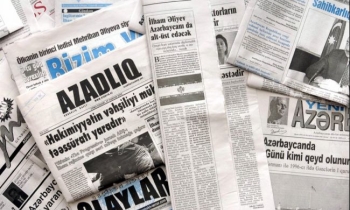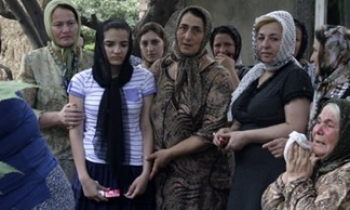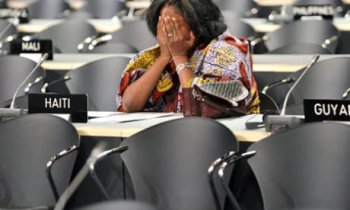The government's loser attitude got exposed a couple of days before Dashain when it formally made the new Press Ordinance public. The Post and our sister publication Kantipur had announced as long as five months ago that the ordinance had been passed by the Cabinet. The ordinance received such scathing criticism that the apologists started defending that no draft ordinance had been passed.
Even top executives, mentioning whose names would be embarrassing, denied any knowledge of the ordinance. However, when the ordinance finally made its formal appearance in a government daily, it was exactly the same, a copy of which we had received five months ago. For proof, compare the full text of the ordinance published by Kantipur in its May 21, 2005 issue and by Gorkhapatra in its October 17, 2005 issue. Interestingly, Kantipur was even forced by the Press Council to furnish clarifications on the news.
We had deplored the ordinance back then, and we still do - more strongly now, when it has come out formally. There is no doubt about the intention of the government to gag the press against the spirit of the Constitution, and fulfill its perilous desires to establish autocratic system in the country. It is a conspiracy to deny the right to information to the general public, and is designed to strangle democracy.
Another proof of the government's ill intention is that the media-gagging ordinance has been brought forth when the election has been announced. However, the print, radio and television media should not be worried about the ordinance because the government cannot take any action that would infringe upon the Constitution. Moreover, the decision of the Federation of Nepalese Journalists, civil society and professional organizations to jointly move the Supreme Court against the "black laws" aimed at curbing independent media has instilled confidence in the journalists.
The freedom of expression and protection of human rights are not confined by geographical borders. The eleven international media bodies have also understood the intention of the government, and criticized the ordinance. The international bodies are no less than Article 19, Committee to Protect Journalists (CPJ), International Federation of Journalists (IFJ), International Press Institute (IPI), International Media Support (IMS), Press Institute of India (PII), Reporters sans Frontiers (RSF), South Asian Free Media Association (SAFMA), World Association of Community Radio Broadcasters (AMARC), and World Association of Newspapers (WAN).
In addition, UNESCO's Director-General Koichiro Matsuura has deplored the severe restrictions on press freedom and freedom of expression by the new press ordinance. Hence, it is now time for all the independent media to come together and fight against the ill intentions of the government with more courage and conviction. If media fails the people, our generation will not be pardoned by the future generations, as the draconian rule only becomes more cruel and severe if it manages to get its hold firmly.









